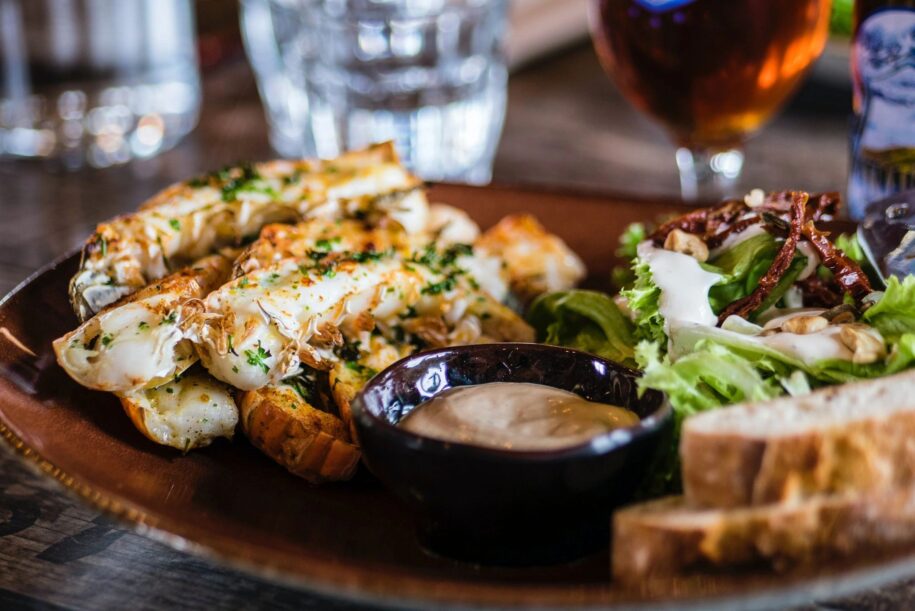One of the benefits of QR code ordering is that it allows restaurants to quickly and easily update their menus and pricing in real-time. This can be particularly useful when it comes to selling items with higher inventory levels or perishable items that need to be sold quickly.
For example, if a restaurant has a large quantity of a particular ingredient that is approaching its expiration date, they could use QR code ordering to highlight that ingredient in special menu items or promotions. This can help to move the inventory before it spoils, while also increasing sales and revenue.
Similarly, if a restaurant has a high inventory level of a certain menu item, they could use QR code ordering to offer discounts or promotions to encourage customers to try it. This can help to reduce inventory levels and prevent waste, while also driving sales and revenue.
Overall, QR code ordering can be a valuable tool for restaurants to help them manage their inventory and sell perishable items or items with higher inventory levels more effectively.
Below are some steps restaurants should take prior to implementing their QR code ordering system to ensure they are managing their inventory levels so they can take action on fluctuating stock counts:
- Identify key ingredients: Start by identifying the key ingredients that are used in your restaurant’s menu items. This might include items like proteins, vegetables, grains, and spices.
- Establish inventory thresholds: Determine how much of each ingredient you need to have on hand to meet your expected demand. This will help you to identify the “threshold” at which you need to restock an ingredient.
- Implement a inventory tracking system: Use a POS system or inventory management software to track your inventory levels. This should include the quantity of each ingredient on hand, as well as the cost and expiration date.
- Monitor inventory levels regularly: Check your inventory levels regularly, and restock ingredients as needed to ensure that you have sufficient quantities on hand to meet demand.
- Utilize first-in, first-out (FIFO) principles: To ensure that ingredients are used before they expire, implement a “first-in, first-out” (FIFO) system where the oldest ingredients are used first. This can help to reduce waste and ensure that you are maximizing the profitability of each ingredient.
- Use inventory data to optimize menu planning: Use data on your inventory levels and sales trends to optimize your menu planning. For example, if you have a large quantity of a particular ingredient that is approaching its expiration date, you might want to feature it more prominently on your menu to help move it before it spoils.
By effectively managing their food inventory down to the ingredient level, restaurants can reduce waste, optimize their menu planning, and increase profitability.
